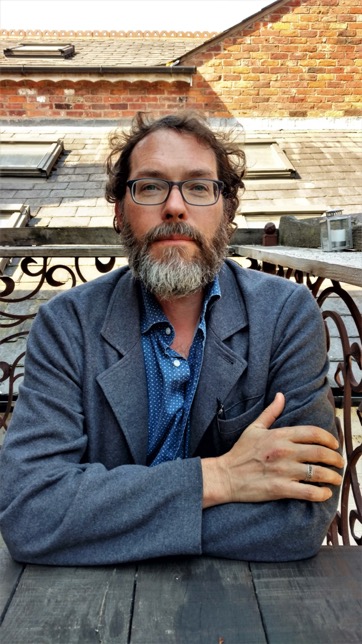Takeaway
You can use the Circle of Health to support veterans in coming home in heart, mind, body, and spirit.

Lifelong Learning in Clinical Excellence | August 15, 2019 | 1 min read
By David Kopacz, MD, University of Washington
Working at the VA, I have had the honor to serve as a Whole Health Education Champion with the national VA Office of Patient Centered Care & Cultural Transformation. With this position, I teach Whole Health to VA staff around the country and one of our primary teaching tools is the Circle of Health, yet another circular model of healing. In the center of this circle is “me,” which means that the Circle of Health applies to all human beings, not just patients, or those with a specific diagnosis – it is relevant to all people, physicians, nurses, clinicians, staff, patients, and family. It is a health promotion tool, rather than a treatment intervention for a specific disease.

Figure 4 The VA Circle of Health: Components of Proactive Health and Well-Being
Using the Circle of Health and the Personal Health Inventory
I was surprised when I started learning about Whole Health how similar it was to my work in Re-humanizing Medicine and the Circle of Caring for Self & Others. Holistic models of health have multiple health domains that combine synergistically in the whole person. With Whole Health, one tool developed by the Office of Patient Centered Care & Cultural Transformation is the Personal Health Inventory (PHI). You can access this two-page form by clicking here. You can use it to review what matters most to you with your health and you can assess the eight different realms of health around the Circle of Health. Look at where you are now and where you want to be in each dimension. We often encourage people to use SMART Goals for implementing change with the PHI, these are Specific, Measurable, Achievable, Relevant, Time-bound goals that I think of as “change technology.”

